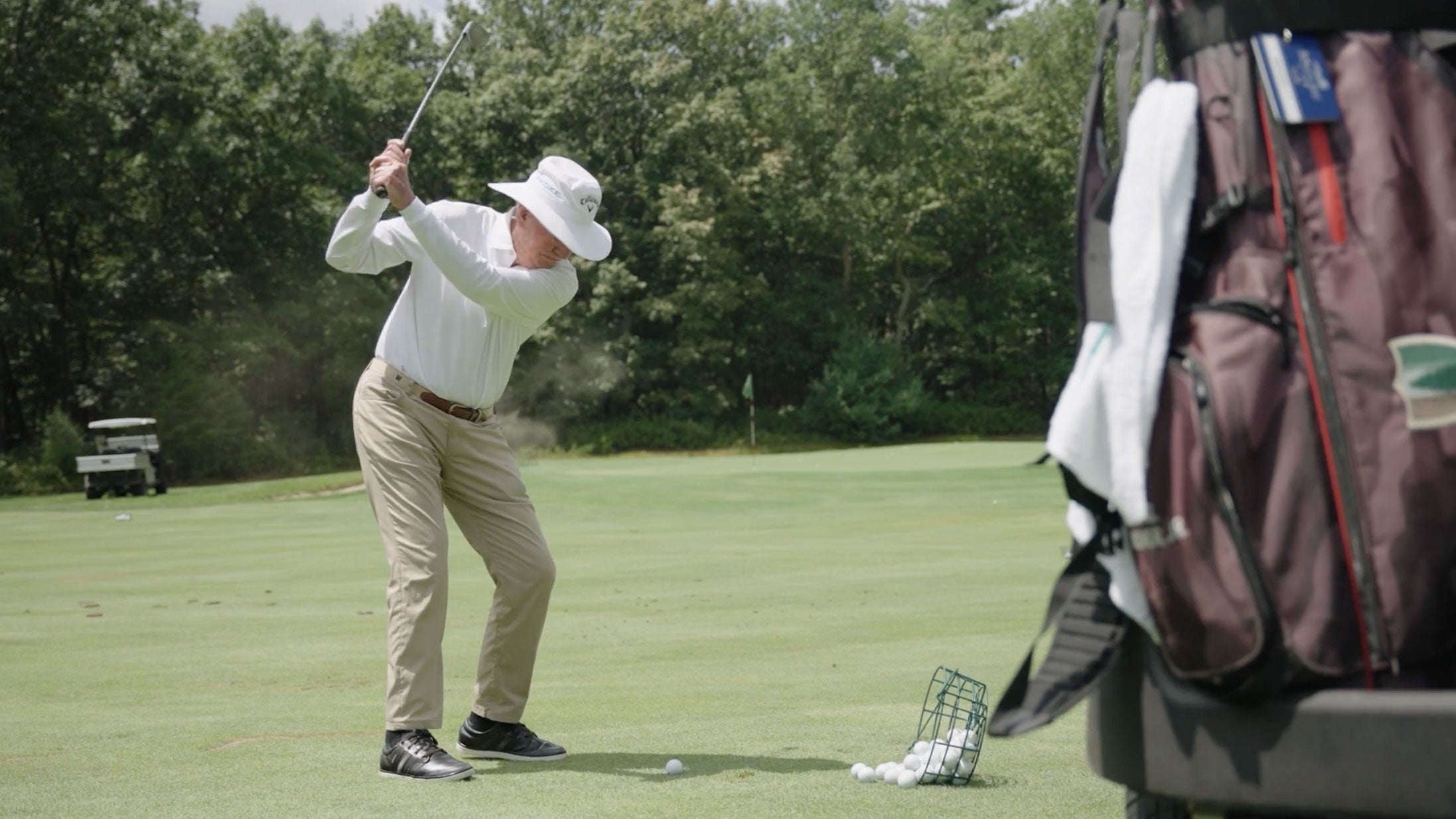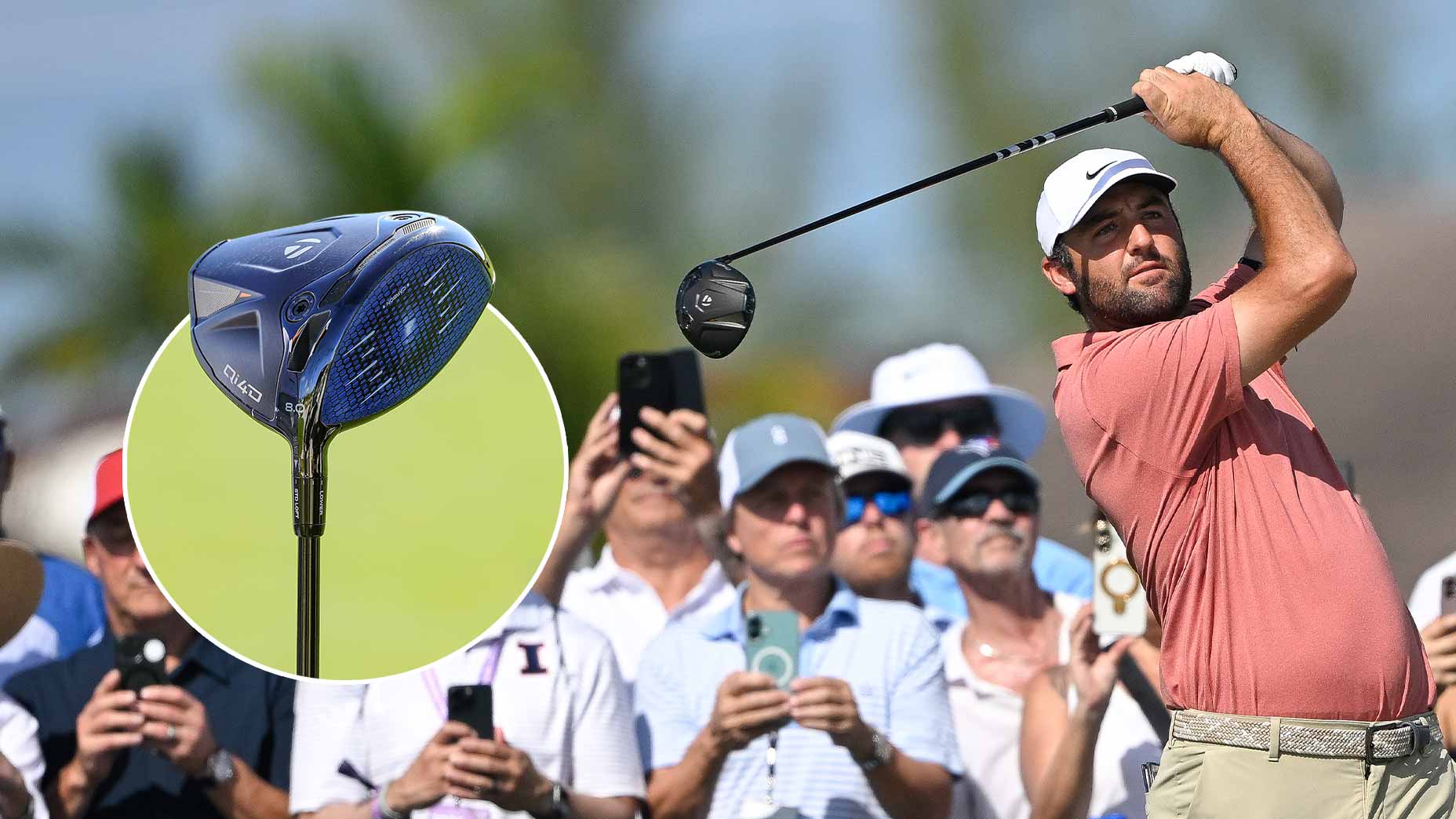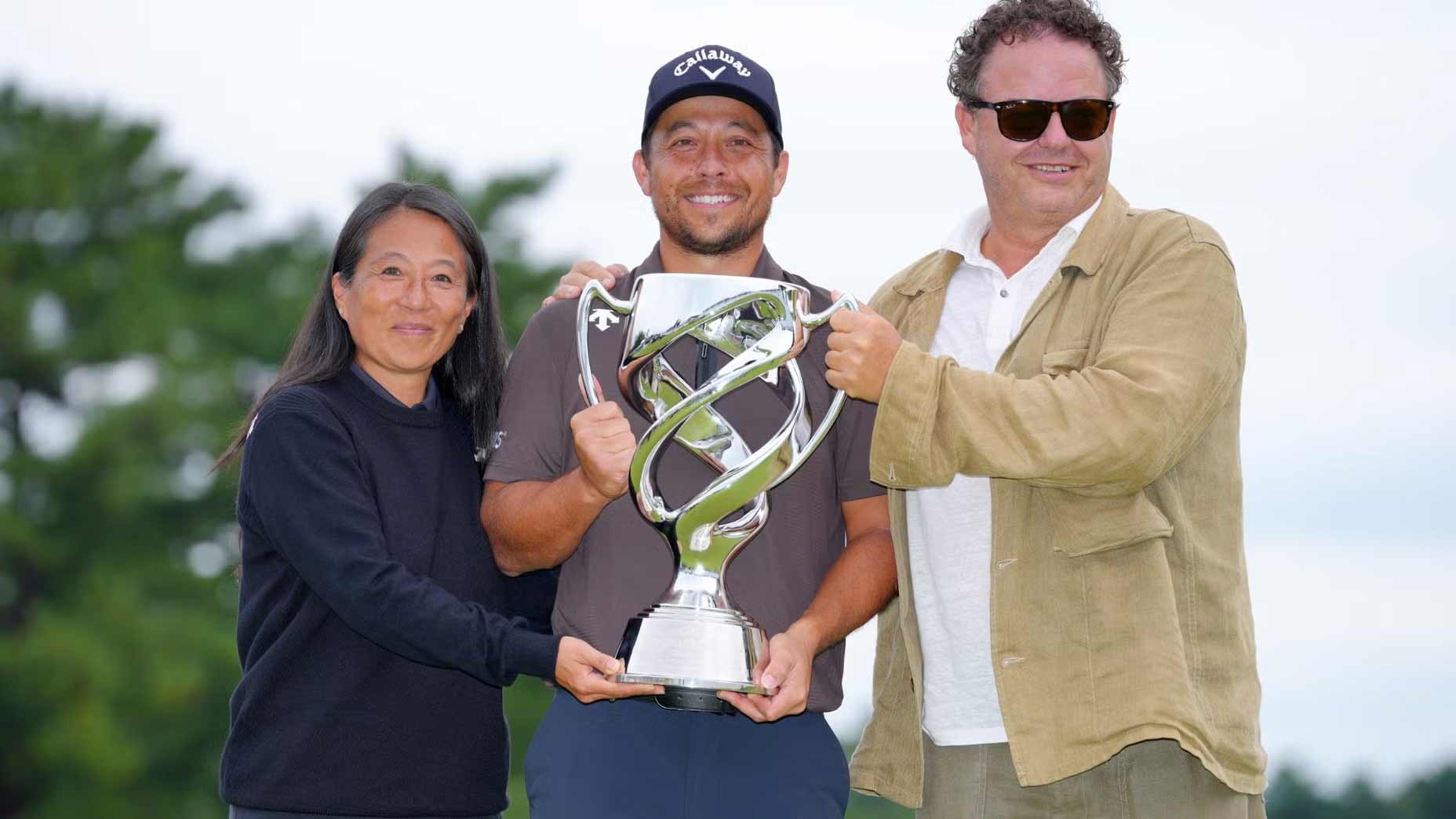GOLF Originals is not a PBS production, but we’re going to steal a PBS line here anyhow: This series is made possible by the support of Callaway and its CEO, Chip Brewer.
To date, GOLF Originals has allowed viewers like you to see David Feherty, Tom Doak, Mike Whan, Brandel Chamblee and Padraig Harrington in (we hope!) new and interesting ways. And here, in Episode 6, we bring you O. Gordon Brewer Jr., alongside his namesake son, OHGORDON3, aka Chip.
So, yes, we’re aiming our camera at our patron and, more directly, his father. We do so with pride. OGB is the OG. He’s one of golf’s secret legends, like the late Sandy Tatum or Adolphus (Golf Ball) Hull. Gordon is an original.
Gordon Brewer grew up in a yes ma’am working family — little leisure time, few frills, church on Sundays — in Winston-Salem, N.C. He found his way to golf by going to a mom-and-pop driving range while attending Guilford College in Greensboro on a basketball scholarship. A decade later, he was a husband, a father, a rising corporate executive — and one of the best amateurs in a city, Philadelphia, that is loaded with them.
Gordon played in 42 USGA events, including six U.S. Senior Opens, and won the U.S. Senior Amateur twice. He was the Pine Valley president for a decade and then some. He was on the USGA board of directors for years and won the Bob Jones Award, the USGA’s highest honor, in 2009. Tiger Woods won it this year, for his playing record and his education-centered philanthropy. Gordon received it for his playing record and his golf-to-the-core integrity. There’s a lot of Bob Jones in O. Gordon, and some Ben Hogan, too. He doesn’t need a lot of words.
I first met Mr. Brewer in 1988, at Pine Valley. His golf was extraordinary and so was he, precise in every way. Gordon was even par through 13. Even and quiet. On 14, a long, downhill par-3 over a pond, he rinsed his tee shot and uttered (pretty much) his first words of the round. It was a question for his caddie: “What did you say the yardage was?” Followed by, “I hit the wrong club.”

But the most telling thing about the round came before we played our first shots. (No mulligans. PV is not a breakfast ball kind of place.) I was a reporter at The Philadelphia Inquirer then. On the day of our game, there was a front-page story I had written about a 15-year-old Philadelphia high school student and football player who had been stabbed to death by another student outside their school, Frankford High. “It made me cry,” Mr. Brewer said.
Golf at its best informs your world. The world as it is and as it should be informs every aspect of Gordon’s life. You’ll hear the word integrity often in this 10-minute mini-doc. There’s a telling story in it, father and son playing in an event at Pine Valley, and father calling a penalty on his son and teaching him a lesson, one that has informed every aspect of Chip’s life since then.
In a manner of speaking, Callaway’s support of this series is a wee gift to this game, helping us explore interesting lives and interesting people in the game, in interesting places. (We shot Feherty in Las Vegas. We shot the Brewers in Pine Valley, N.J.) I only wish Sandy Tatum and Golf Ball were still alive. They would have been great for this series. If you have suggestions of people we should feature, please send them my way, famous or not. I’m trying to get the retired lefthander CC Sabathia now. I know from talking to him that golf has improved every aspect of his life. Gordon Brewer would say the same. It’s a starting point for a lot of things, including a place in this series.
Try to contain yourself as you watch him play pitch shots in this video. He’s 87! The rhythm! Hard to imagine pitching it with better rhythm at any age.
Gordon loves baseball, basketball, golf, competition. His son and his daughter and his long, long marriage have all been enriched and shaped by golf and its values. Some would snicker at that sentence, but those people are not, as an old editor used to say, of golf. Gordon is. I once introduced Gordon to a baseball lifer named Joe Pignatano. He was a Brooklyn Dodger and Los Angeles Dodger who hit into a triple play in his final at-bat. When Gordon, then the club president, approached us, I thought we might be in trouble for slow play, for loud play, for something. Nothing of the kind. Gordon shook Joe’s hand, and they talked about Koufax.
Topgolf is a huge part of Callaway’s business today. I remember Chip telling me about Topgolf years ago, under the tree at Augusta. It didn’t sound like a fit for Callaway to me. Shows you why I type for a living. Chip knew how his father found his way to golf, by way of a driving range with a little stash of baked-out clubs. It did the job. Now imagine a driving range with good balls, new clubs and cold beer?
The father could see the whole thing. He knew from his own life and times: If you can get people to golf, it’s a good thing. Here’s Gordon.
Michael Bamberger welcomes your comments at Michael.Bamberger@Golf.com.









